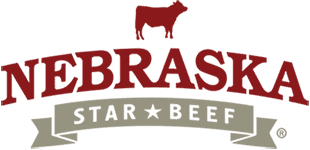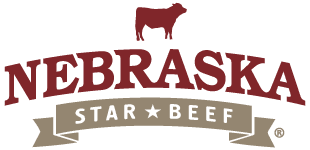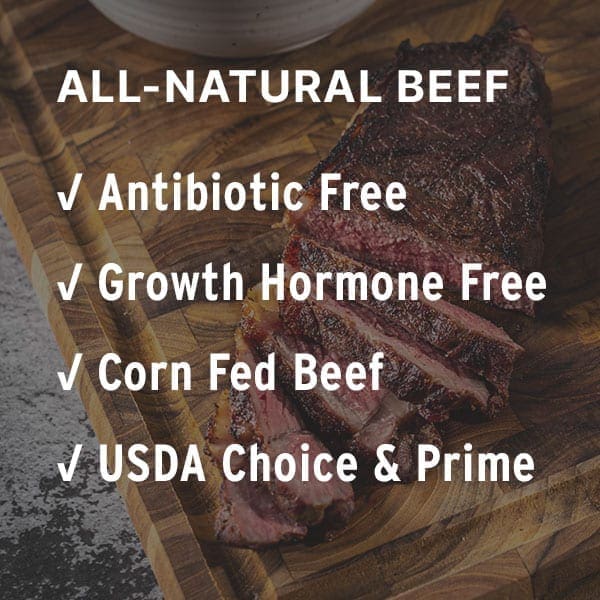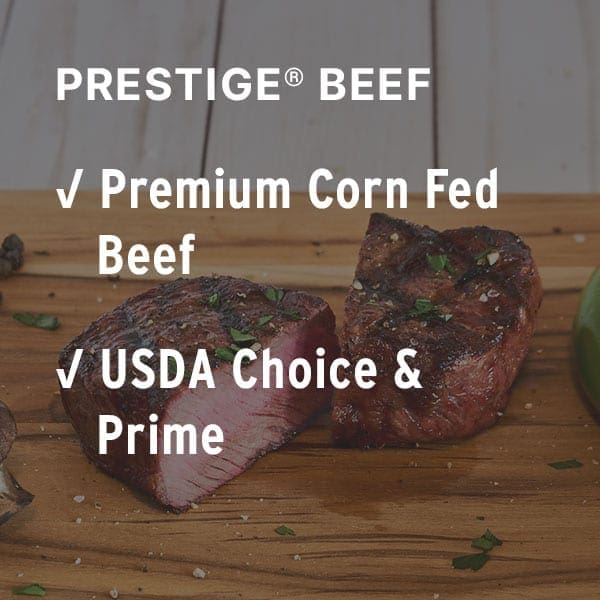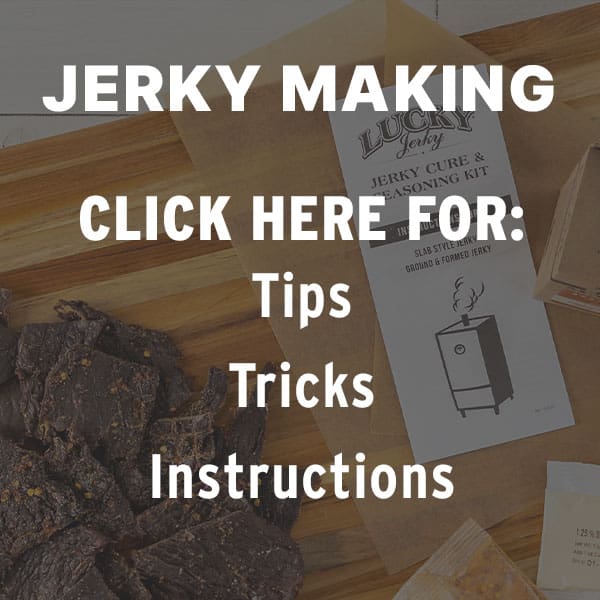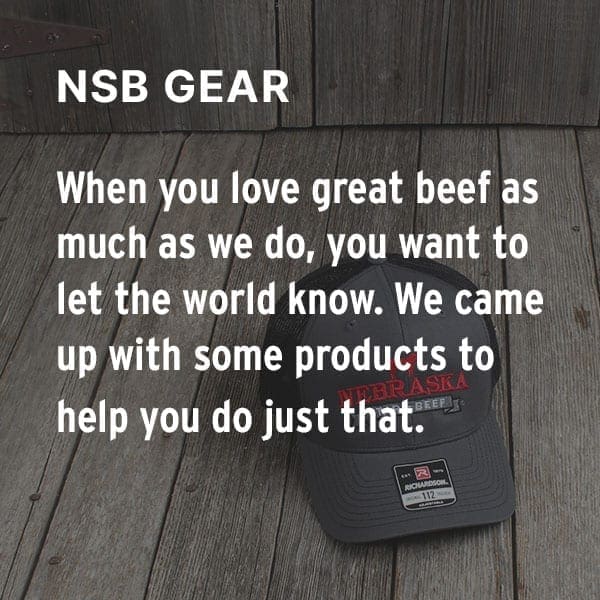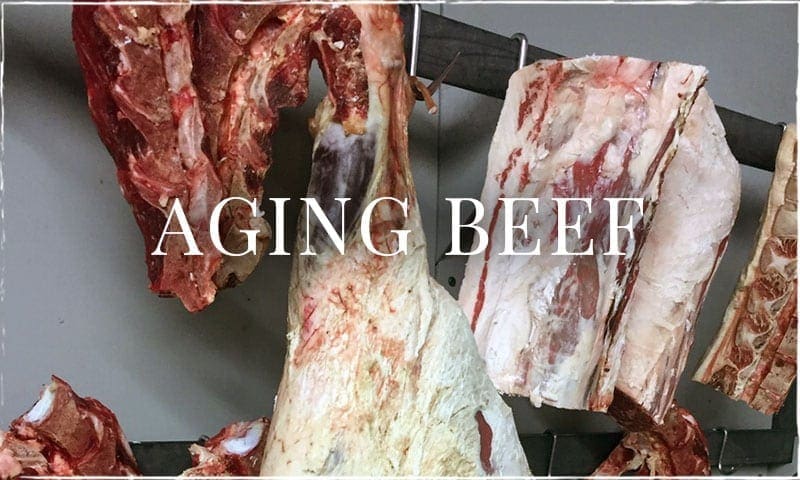Aging beef (and other meat) is a concept that is older than time.
Aging beef it is still a mystery to many, many people. For most of us who are alive today, we grew up in – or very near – to a period of time when many technological advancements were being made on the food processing and storage fronts. This, coupled with the USDA-FSIS regulations, really changed a lot of our perceptions of “food safety standards”.
Meanwhile…the rest of the world…is nibbling on things Black Forest Ham to biltong and sausage with mold growing on it laughing at the “silly Americans” as we are industrializing a perfectly functional system that has been sustaining the world since forever. C’mon…we’re Americans, we industrialize stuff…that’s just what we do!
There’s an old saying coined by George Bernard Shaw, “Youth is wasted on the young” and in a societal sense, we as Americans are partially guilty of perpetuating this phenomena when it comes to craft meats – and lots of other stuff. America is still fairly young – compared to the rest of the world – and we LOVE technology as much as we love excess and we want stuff NOW.
The “old world” (Europe, Asia, Africa) is much more tradition based and could probably be compared to a much more well balanced elder sibling when talking about aged meat products. Charcuterie is part of the fabric of the old world. It is commonplace everywhere but in America…
Meanwhile, here in the United States, a small group of visionary Chefs and artisans are building a whole “new” industry around charcuterie and aging beef, and trying to “chip away” at the “establishment” while we’re at it.
But what does aging meat mean to the average American? Most don’t have much of a clue beyond what they saw on The Food Network. To break it down to it’s simplest, there are two types of aging that are commonly used. Wet Aging and Dry Aging.
WET AGING
The most common form of aging beef. It fits in well with American beef production and is an integral part of the “flow” system. The Wet Aging process is fairly straight forward and efficient. It’s also very effective.
Cattle are fed to weight, then harvested at a packing house. After harvest, the carcasses are sprayed with lactic acid – to eliminate bacteria – are cooled for a couple days.
The beef is then broken down into their major groups, or “primals”. These primals are treated with lactic acid prior to being sealed in a heavy plastic bag, then multiple units of “like” parts are boxed up. This is what is commonly referred to as, “Boxed Beef”.
This is also when the Wet Aging process begins. Wet Aging can happen while the boxes are in transit from the packer to the retailer, many retailers will keep the boxed beef at 36 or 37 degrees F for up to a few weeks. This helps maximize the aging process before cutting and selling or serving the beef. This process is very consistent, very predictable, delivers exceptional flavor and tenderness and there is seldom any yield loss due to fluid loss to “shrinking” or “drying” of the product. This style of aging is the standard form of aging for American beef.
DRY AGING
Dry Aging is a completely different process and does not lend itself to mass production.
This really drives its popularity with “counter-culture foodies”. We insist that the term “counter-culture foodies” is not derogatory in the least, we’d put ourselves in this group. Dry aging differs from wet aging once the beef is broken into primals. Instead of being treated with lactic acid and bagged, dry aged beef is hung in a temperature & humidity controlled cooler and left to age.
As a general rule, the larger the piece of meat being aged, the better. This aging process can range anywhere from a couple weeks to 6 months. 90 days is about as long one will commonly see for dry aging, and 35 to 45 days is common.
“The dry aging process adds a unique flavor to meat. As the cells shrink down and moisture evaporates and concentrates the flavor. It is also common for the outside of the primal to develop a crust. After enough time the crust can even form a bit of mold. While this sounds less than appealing, the steaks inside the primal are regarded a delicacy by many. Dry aged beef has a unique flavor and texture, but it is very much an acquired taste much like artisan cheeses or fine Scotch Whiskeys.”
Nebraska Star® Beef uses a combination of dry and wet aging to consistently produce the most tender and flavorful steaks possible.
We start by hanging the halves for a minimum of 35 days, after this dry aging process, we break the halves and put the primals in heavy vacuum bags and continue to age for another 35+ days. This gives the meat the maximum amount of time to age and tenderize, yet hanging the entire half for extended periods prevents excessive moisture loss or shrink. The additional wet aging helps to ensure consistency and maximum tenderness and great flavor.
If you’ve been itching to try aging beef at home, we have a few pointers.
- The biggest, make sure that you get your beef from the butcher shop.
- Make sure that it has not been wet aged prior to being dry aged.
- The wet aging process “jump starts” aging and trying to dry age a product that is wet aged usually doesn’t end too well.
- It is best to get the primals right off the half of beef, then dry age.
- If you’re married, make sure your wife knows that there may be some odor coming from the refrigerator. If anyone in the house is sensitive to smell, consider getting a second refrigerator for the garage.
- Plenty of airflow is also important as drying is a key element of the process. Humid air that doesn’t circulate is not good for dry aging. There are a number of tools from bags to dry aging chambers on the market for the home aging enthusiast.
